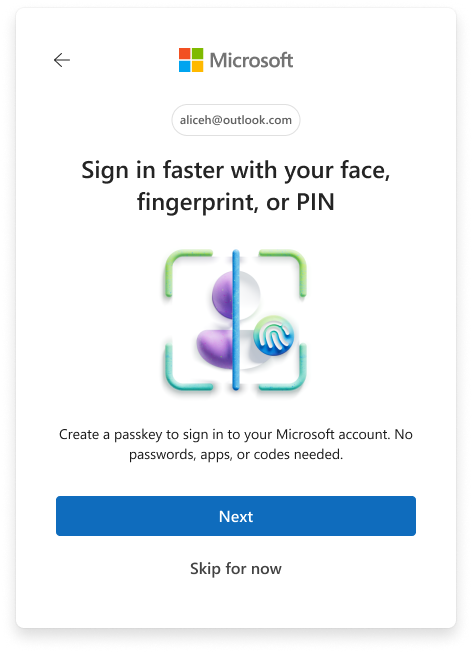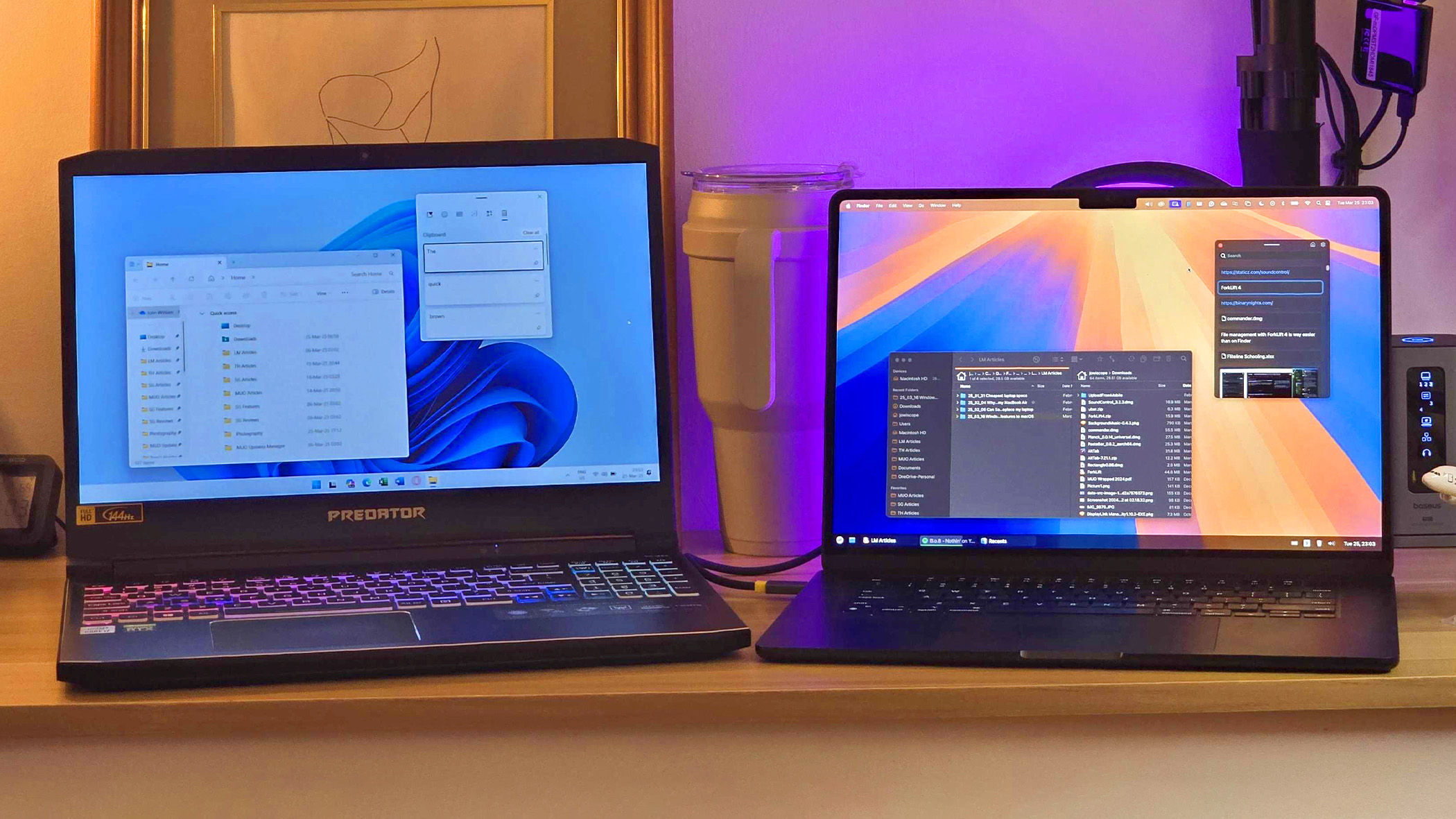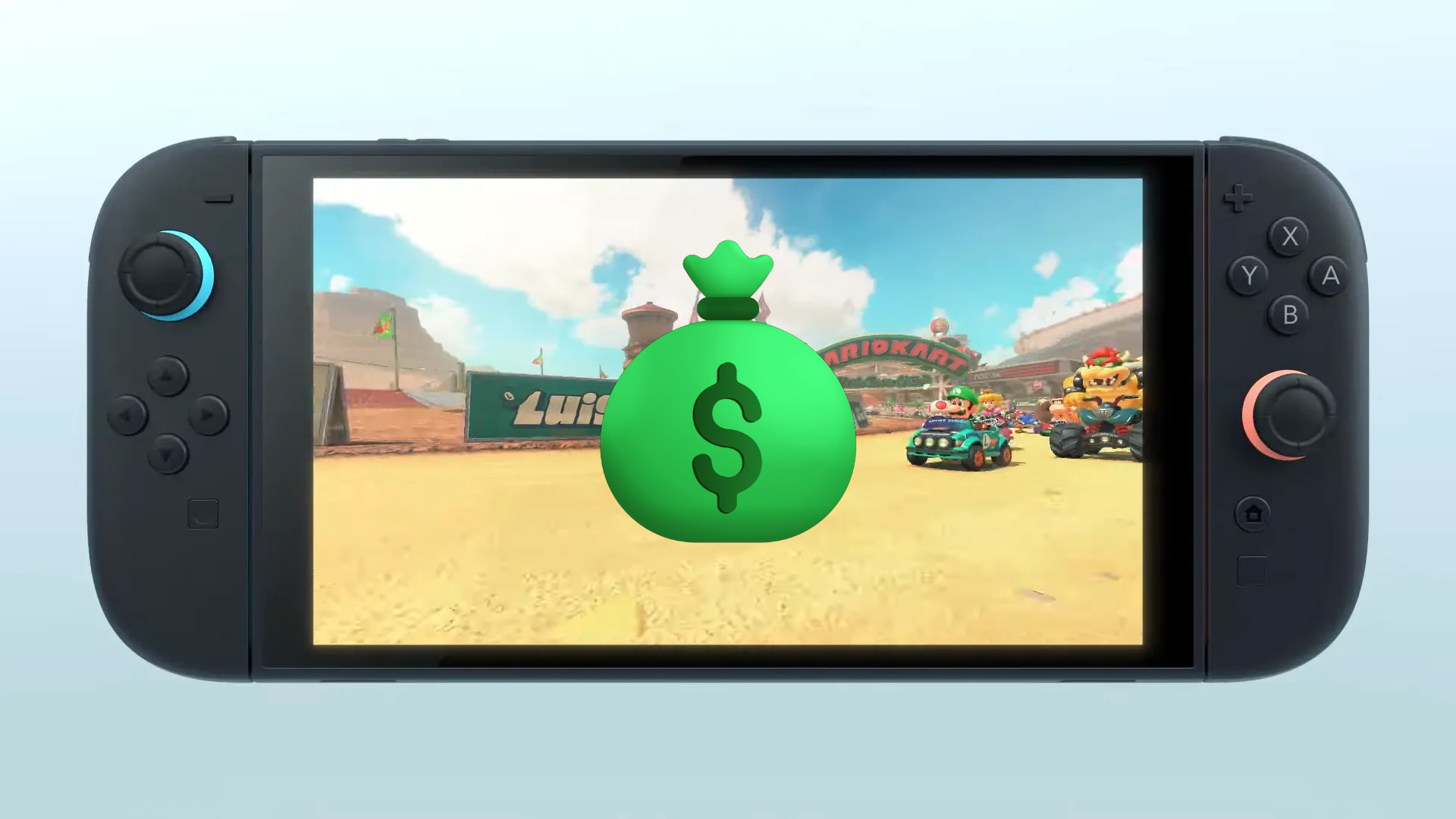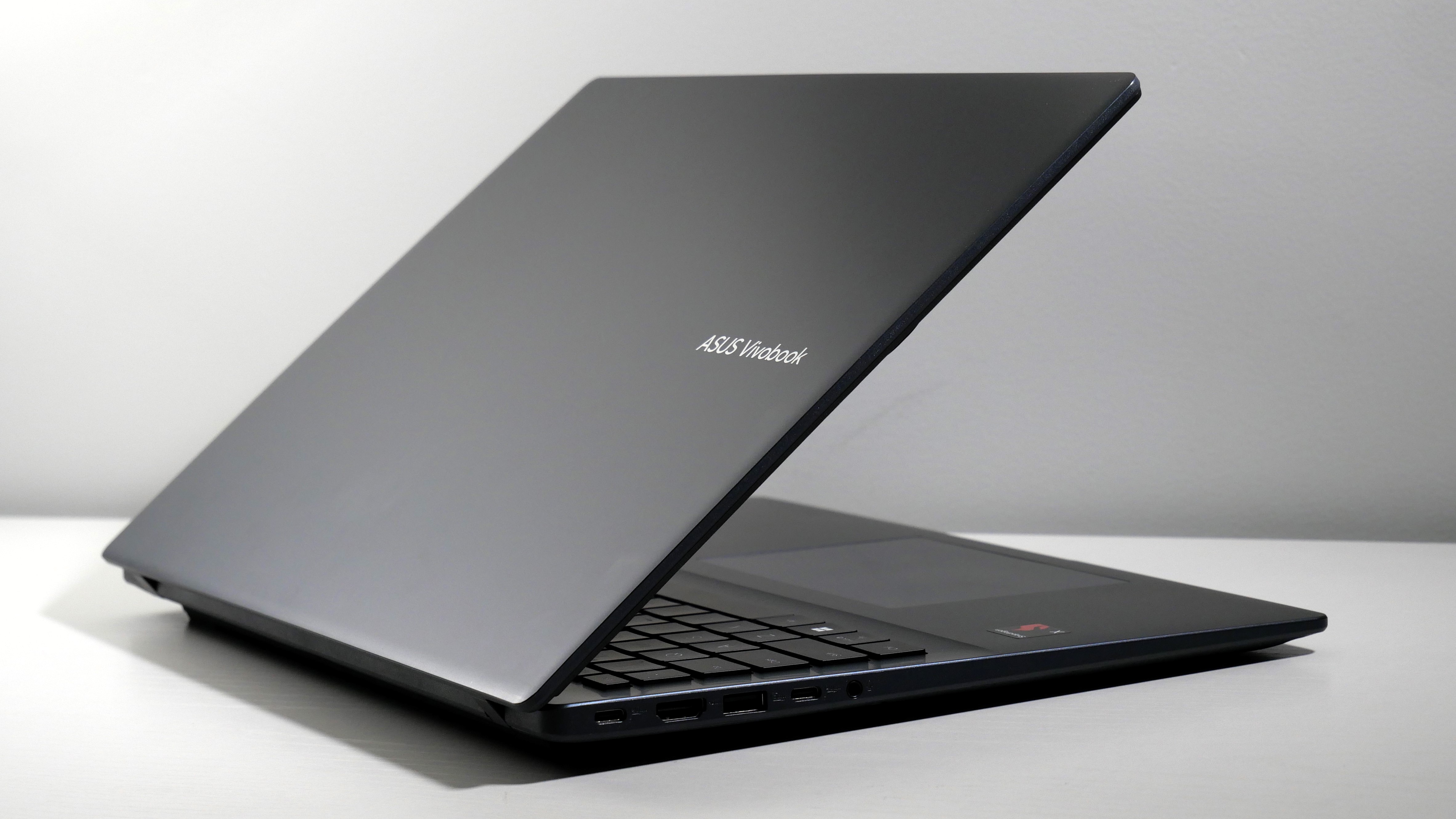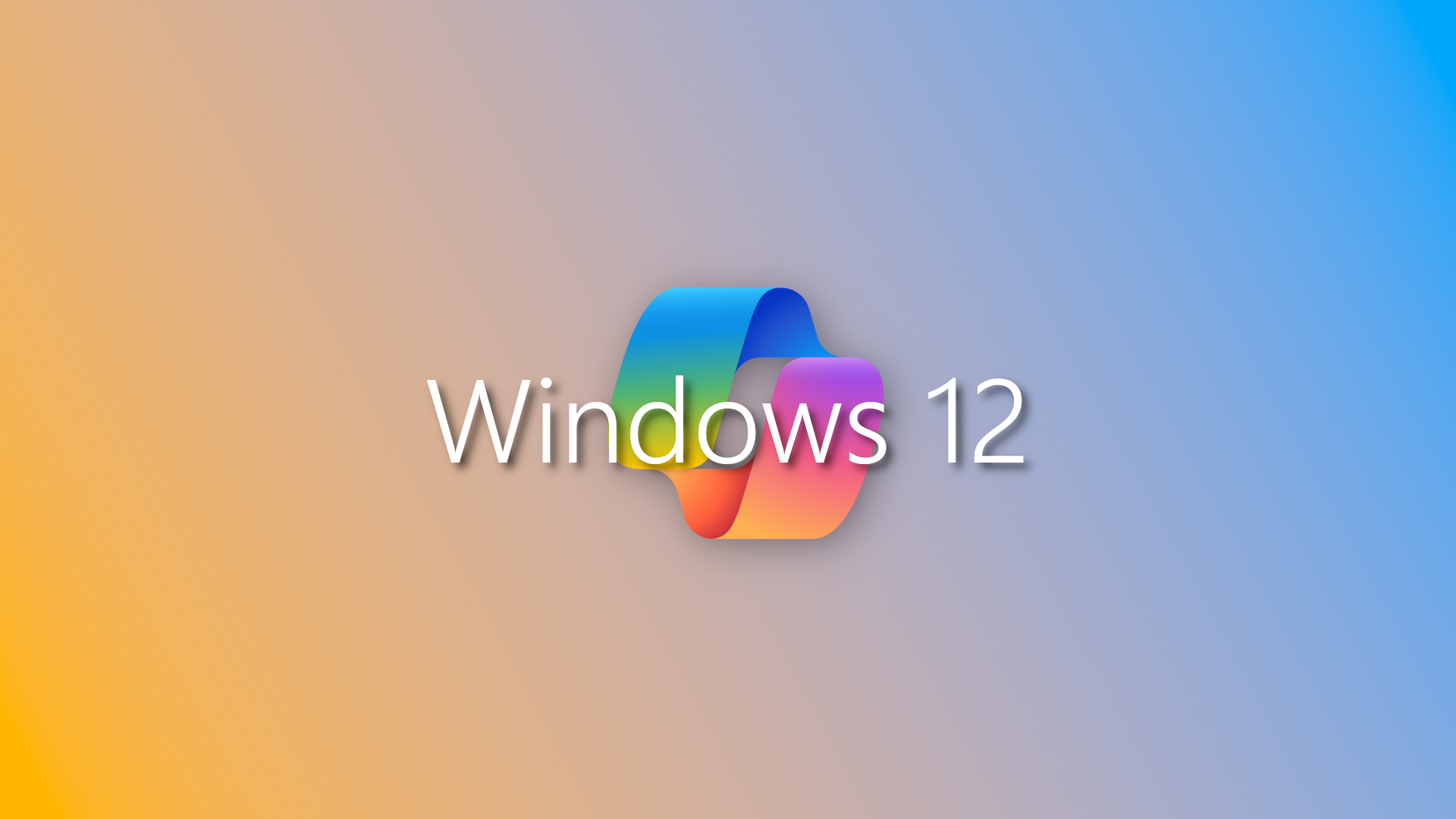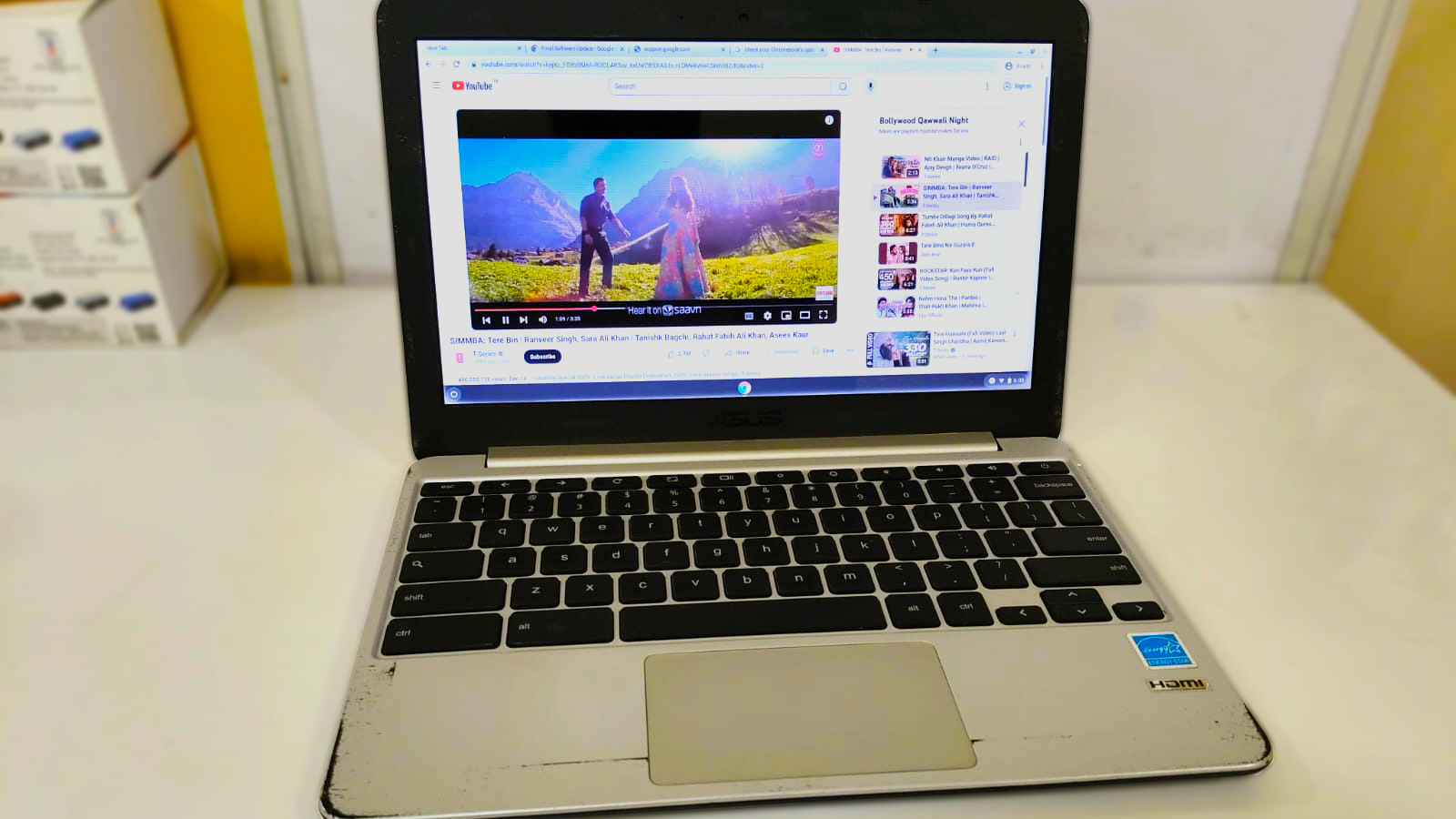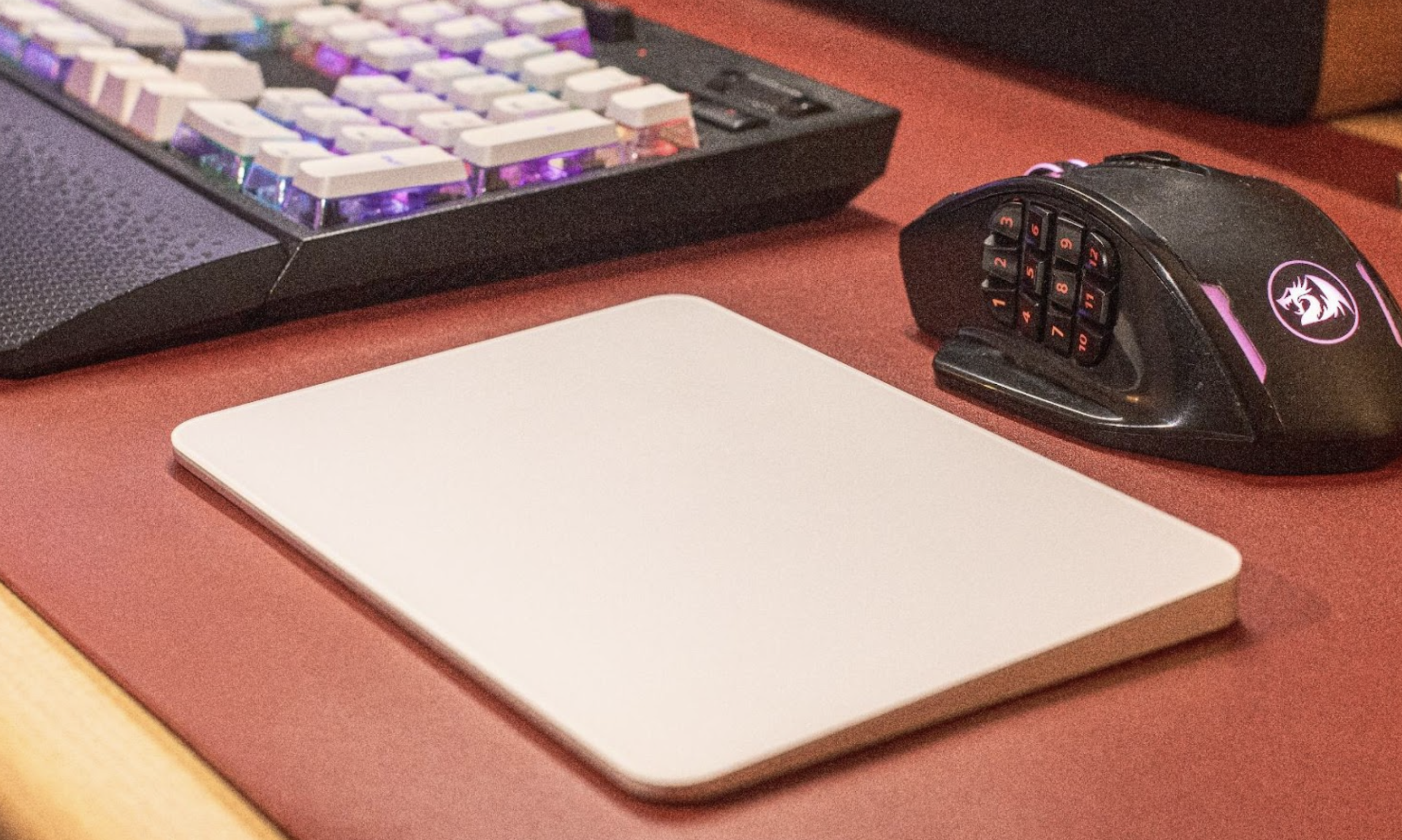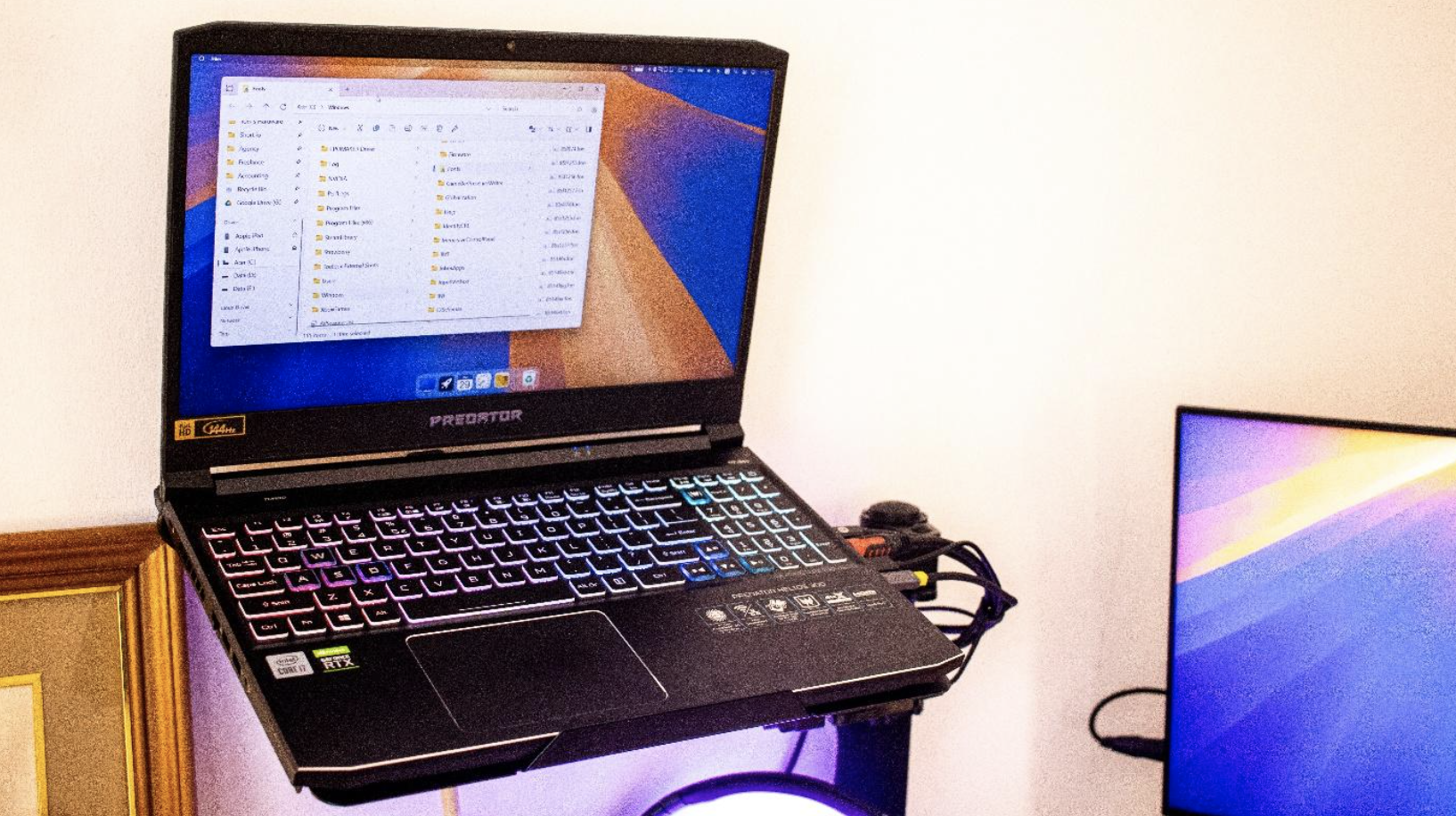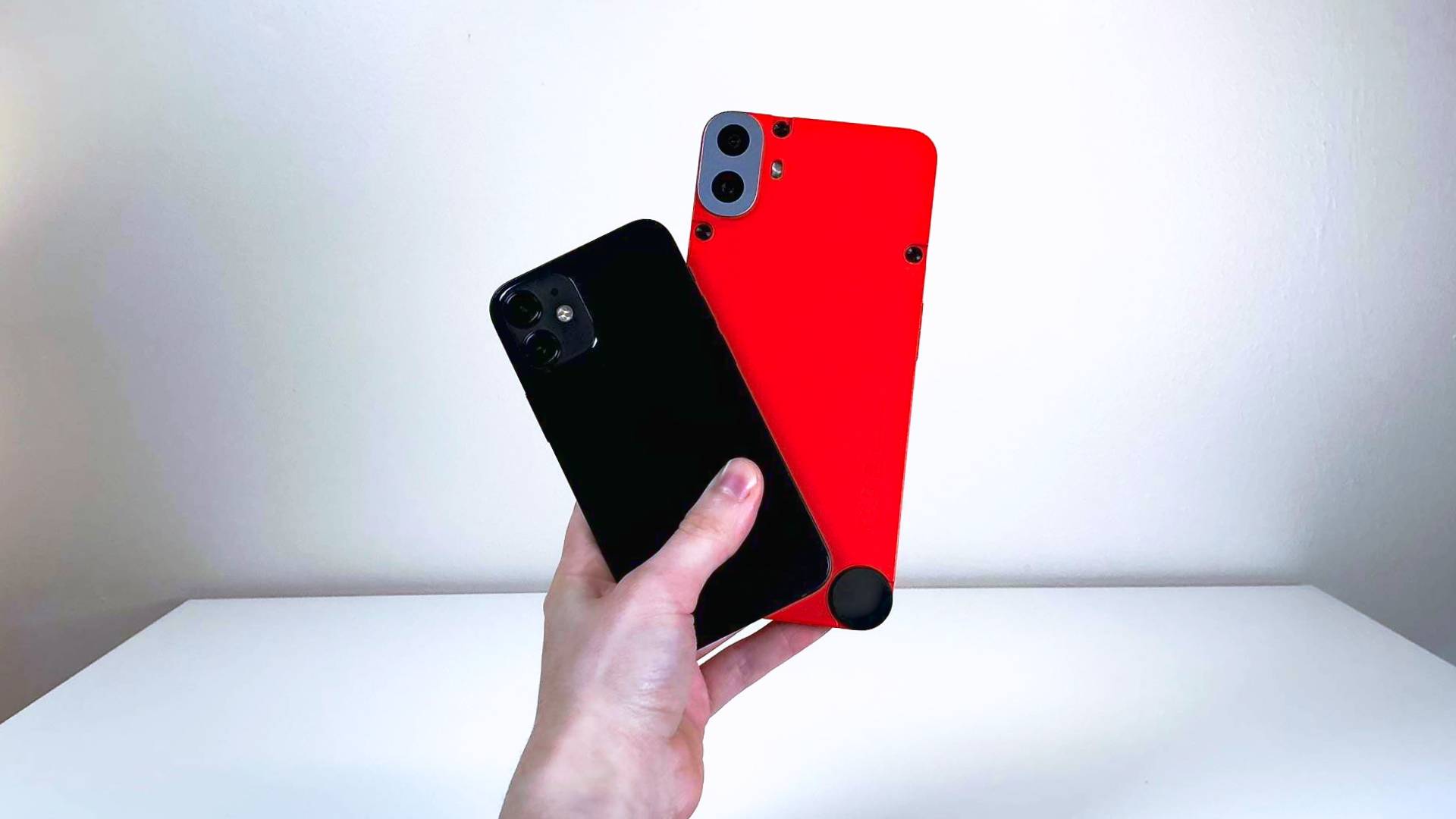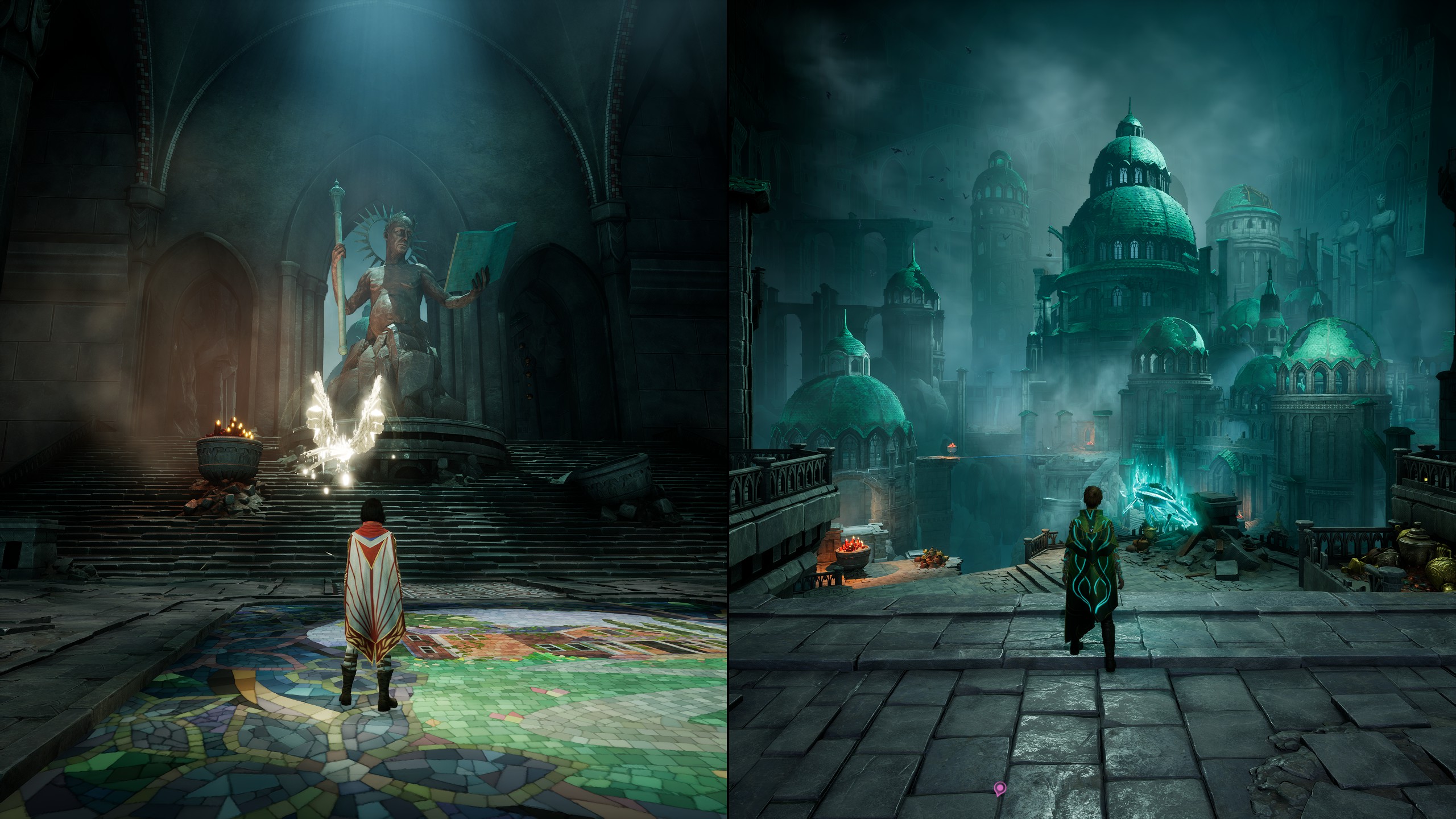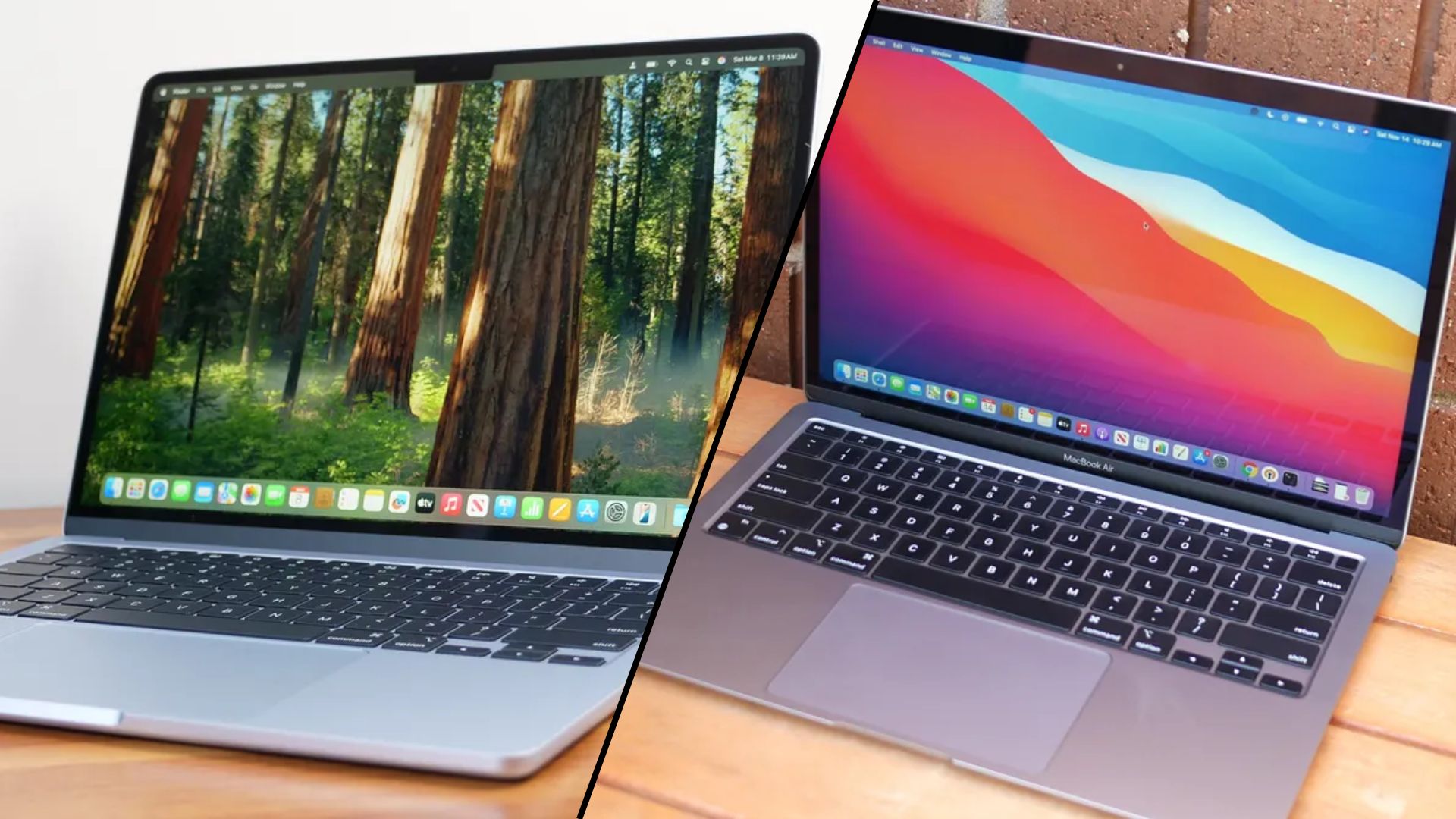Adobe is too expensive, so I switched to these alternative art apps
Why pay so much when you can use great open-source alternatives?
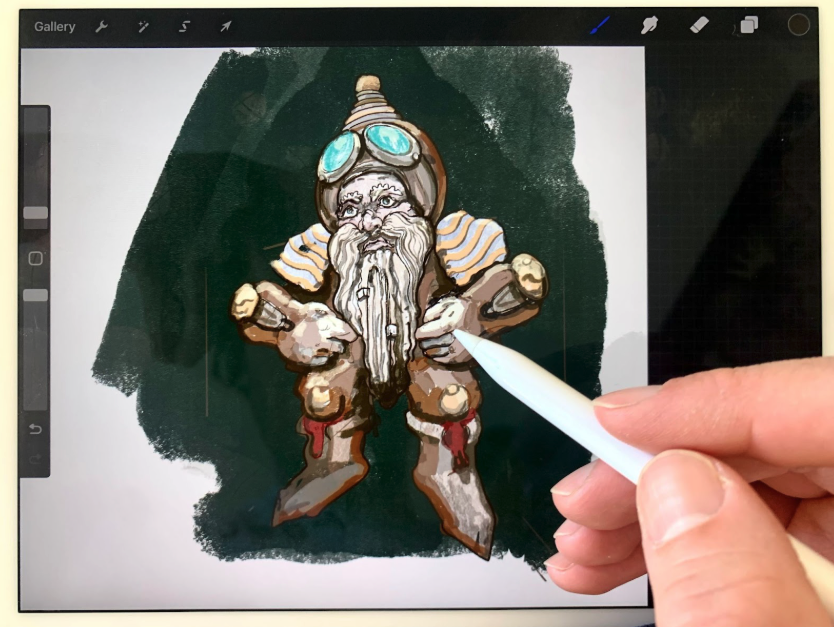
Adobe is often seen as the defining art app for digital creation. We’re long past the point where “Photoshop” became a verb, and while ‘to InDesign’ doesn’t have quite the same ring, art software like Adobe InDesign and Adobe Illustrator underpin nearly as much creative work as Photoshop does.
The thing is, Adobe apps are pricey. Today, a Creative Cloud subscription costs between $9.99 per month for a single app to $59.99 per month for full access to the suite. That adds up to quite a lot over the course of a year, especially when you need to buy a laptop for graphic design as well.
Expensive Adobe software can certainly feel like the gatekeeper of legitimate digital art. Thankfully, it doesn’t have to be that way. Open-source apps like Gimp and single-fee applications like iPad’s Procreate make it far more affordable to create.
I jumped ship from the Adobe suite long ago — at least for most tasks. That decision followed years of experiments with freebie and cheap art software that can do lots of the work that Adobe does.
Here are the art apps that have helped me ditch an Adobe subscription, as well as a couple that are on my wishlist.
The best open-source art apps you need to try
Gimp: A raster editor you won’t want to miss
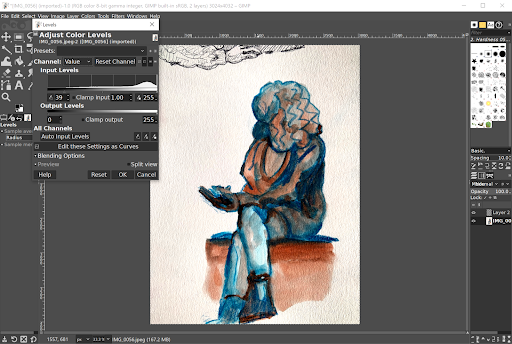
As far as software goes, Gimp is an ancient dynasty. First released in 1996, Gimp is the classic open-source Photoshop dupe. In 2025, it’s still a good choice, having been continuously updated since its launch. A labor of love, it’s a free pro-grade toolset that’s community-built and maintained, and it’s as strong of a pick for photo manipulation as it is for image creation.
Gimp’s built-in capabilities include familiar tools like clone stamp, paint bucket, transforms, and various selection tools. In the drop-down color menu, you’ll find classic levels and curves, color balance sliders, and options for more advanced tasks like locating pixels that might be unsafely bright.
Stay in the know with Laptop Mag
Get our in-depth reviews, helpful tips, great deals, and the biggest news stories delivered to your inbox.
Plugins like Resynthesizer add image-processing tools that take Gimp to the next level. (Here are the links to Windows, Linux, and Mac; use at your own risk.)
If you’re newly switching from Photoshop, Gimp’s interface will take some commitment to learn. A Gimp session that’s been updated with plugins will do most of what you’d traditionally expect from Photoshop, but it isn’t laid out the same.
Use it for digital image creation, processing, and retouching photos before they go online. If you work with still images of any type, Gimp is a program you should have in your toolbar.
I bought my laptop for Photoshop, but I’ve had Gimp in my taskbar for longer. I use it whenever I need to crop a photo, tweak a color, or touch up a detail before posting online.
Inkscape: A vector editor for daily tasks

First released in 2003, this vector art software has been updated continuously and still thrives on multiple platforms today.
Vector art is rarely as intuitive as raster software, which often feels like painting with digital watercolor. Vector software is something altogether different and provides maximum control over solid, scalable graphics. It primarily deals in flat colors and gradients.
Download Inkscape to design website favicons, create a brand logo that can scale to the size of a billboard, and build cartoon artwork.
I love Inkscape’s built-in tools for bitmap conversion. I’ve used the software to turn digital raster sketches into crisp logos. I used it to create the favicon for my website. To do so, simply drop a digital drawing into the software, then use the “trace bitmap” function.
The program will turn your linework into a digital path that can be micro-adjusted using the software’s path editing tools.
Scribus: Layout a magazine with an open-source app
Scribus follows the same ethos as Gimp and Inkscape, and it’s designed to play well with both programs. It’s a surprisingly powerful alternative to Adobe’s InDesign that’s completely free and open-source.
Scribus is the freebie option when you’re looking to create an art book, design menus for a local restaurant, or print your own business cards.
In Scribus, you’ll be able to use familiar concepts like grids, guides, and frames in much the same way that you would in Indesign. Set guides and grids to create precise layouts that can be applied across an entire book or magazine, then populate your frames with imagery.
Blender: Build complex 3D worlds, animate them, and more
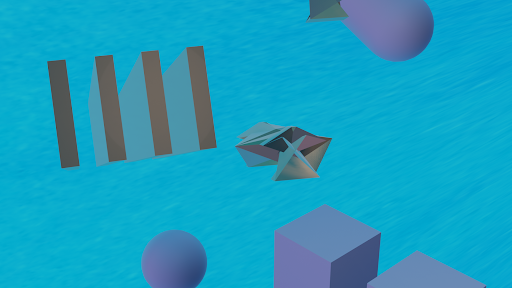
Blender is the classic open-source option for 3D modeling, motion graphics, and beyond — and it needs to be on your radar. However, Blender is far from intuitive.
Instead of gaining any real proficiency, the hours I put into Blender only served to clarify just how wide the program is in scope. Thankfully, a vast community of dedicated users has made all the content you could need to help steer you in the right direction.
Canva Free: Make simple graphics for the web
If you’ve spent much time in a corporate environment, you’ve probably encountered Canva. Native to browsers, Canva is free to get started with, though many of its more powerful tools, like its background remover, are locked behind a $120 per-year paywall.
While I’ve heard professional designer friends gripe about Canva, there’s no arguing with its usefulness. When you want to build a simple graphic or format an image for your CMS, Canva Free edition gets the job done quickly … much of the time.
Remove.bg: Get rid of image backgrounds for free
What’s the big thing missing from the free edition of Canva? Well, there’s a lot, but I miss the background remover most often. Thankfully, there’s a simple free service for doing just that. Remove.bg is a website that does one thing — it accepts digital images and sends them back without a background, and it’s really good at it, too.
I use Remove.bg weekly. In fast-paced media environments, where a hero or header image often needs to get built in minutes, Remove.bg enables you to grab a photo, remove the background, then send it on to Canva Free, where you can add it into a photo collage, position it, and then run it on your site.
One thing to note: Remove.bg’s free version only supplies low-resolution images. You’ll need to make an account if you want high-definition images.
One-time fee art software
Procreate: A beautiful digital painting suite
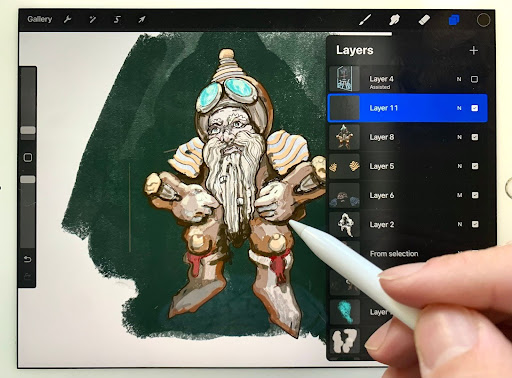
If you’re a digital artist, chances are you’ve been hearing about Procreate for years. The iPad native art app is one of the best art tools I’ve encountered. Running on my 2020 iPad Air, Procreate provides a delicious digital art set that handles drawing as wondrously as it does liquid raster brushes.
I’ve tested industry-leading graphics tablets with Photoshop, and I’ve never yet found a setup for digital illustration that beats the experience of Procreate on iPad.
If you’re working with specific color grading or technical illustration for billboards, the specificity that can come from running Photoshop on a premium machine is unreachable on an iPad. However, for most of us, Procreate is more than powerful enough.
In 2025, Procreate is available for a one-time fee of $12.99. For the money, it’s incredible value. When you need more tools, the internet is happy to help with endless libraries of custom brushes for purchase or download. There’s also just as much learning material out there to help you get started.
The one caveat: You need an iPad.
If you’re new to digital art and trying to decide whether you want to buy a laptop or an iPad, there’s a real argument to be made for choosing Procreate on iPad. I know many professional illustrators who work exclusively in a Procreate environment. For digital illustrators, I think it’s usually the better choice.
Affinity: The single-fee Adobe competitor
The Affinity Suite contains three software packages that fill the roles of the three Adobe apps most designers use. Affinity Designer, Affinity Publisher, and Affinity Photo provide a well-rounded set of digital art tools that can be further expanded with add-ons.
Each Affinity program costs $69.99 individually. This one-time fee grants you indefinite use of the software. The whole suite can also be bought for a lump sum of $164.99. Thankfully, free seven-day trials allow you to try the software without committing.
Full disclosure: I don’t use Affinity myself, but I’m eyeing it. If you’re committing to a career in the arts and want to learn powerful software with a polished touch, an Affinity license is an excellent buy that can fully replace the need for a monthly Adobe subscription.
When to go Adobe
Adobe makes powerful tools — no doubt about it. When I partnered with a publisher to design my first poetry and art book, I got a copy of InDesign and used that to collaborate on page layouts. I’ve also gone back to Photoshop for large design projects. Adobe Creative Cloud is often the standard for collaborative art and design work, and working within it simplifies file exchange.
However, the rest of the time, I get by with Procreate, Gimp, Inkscape, and the rest of the tools mentioned above. Buying a computer for graphic design is an investment in its own right, so why not use open-source and free tools where you can?
Open-source art software thrives on donations
If you find yourself using and loving the open-source software we’ve recommended, we suggest you donate. Open-source software might be free, but it isn’t free to make. Programmers have spent countless hours developing these software suites.
If you get real value from these products, giving back is important. Thankfully, with products like Gimp, it’s easy to do just that.

Gabriel is a commercial writer and journalist. He has written narrative writing for games, product journalism for publications like Reviewed (part of the USAToday family), and brand copywriting. His work can be found in Popular Science, Futurism, Interesting Things, and more.
